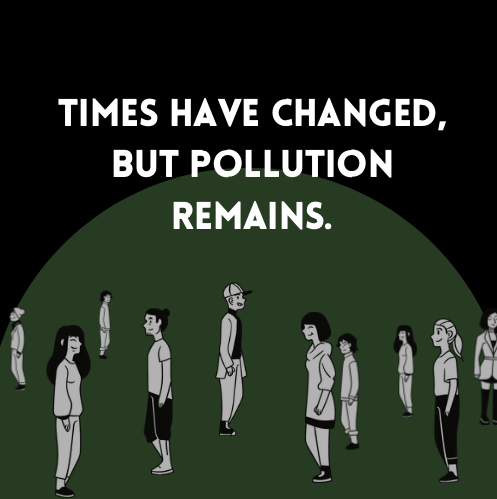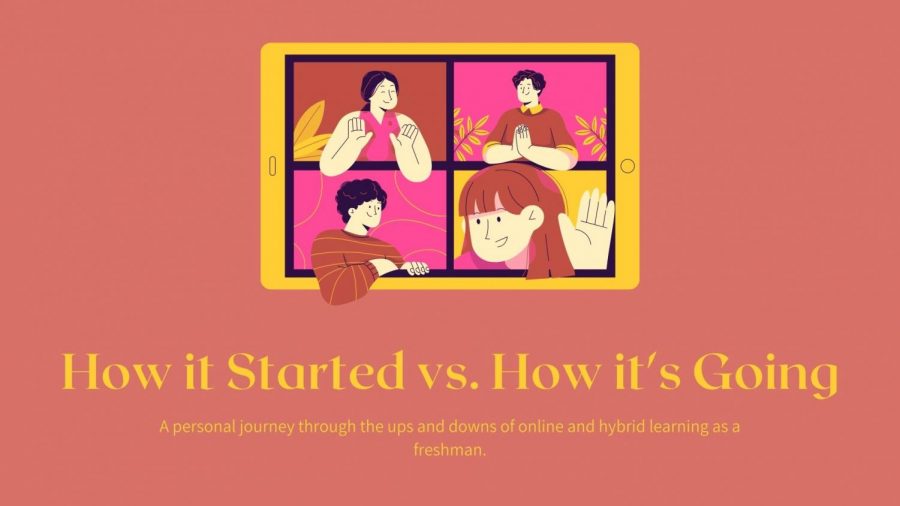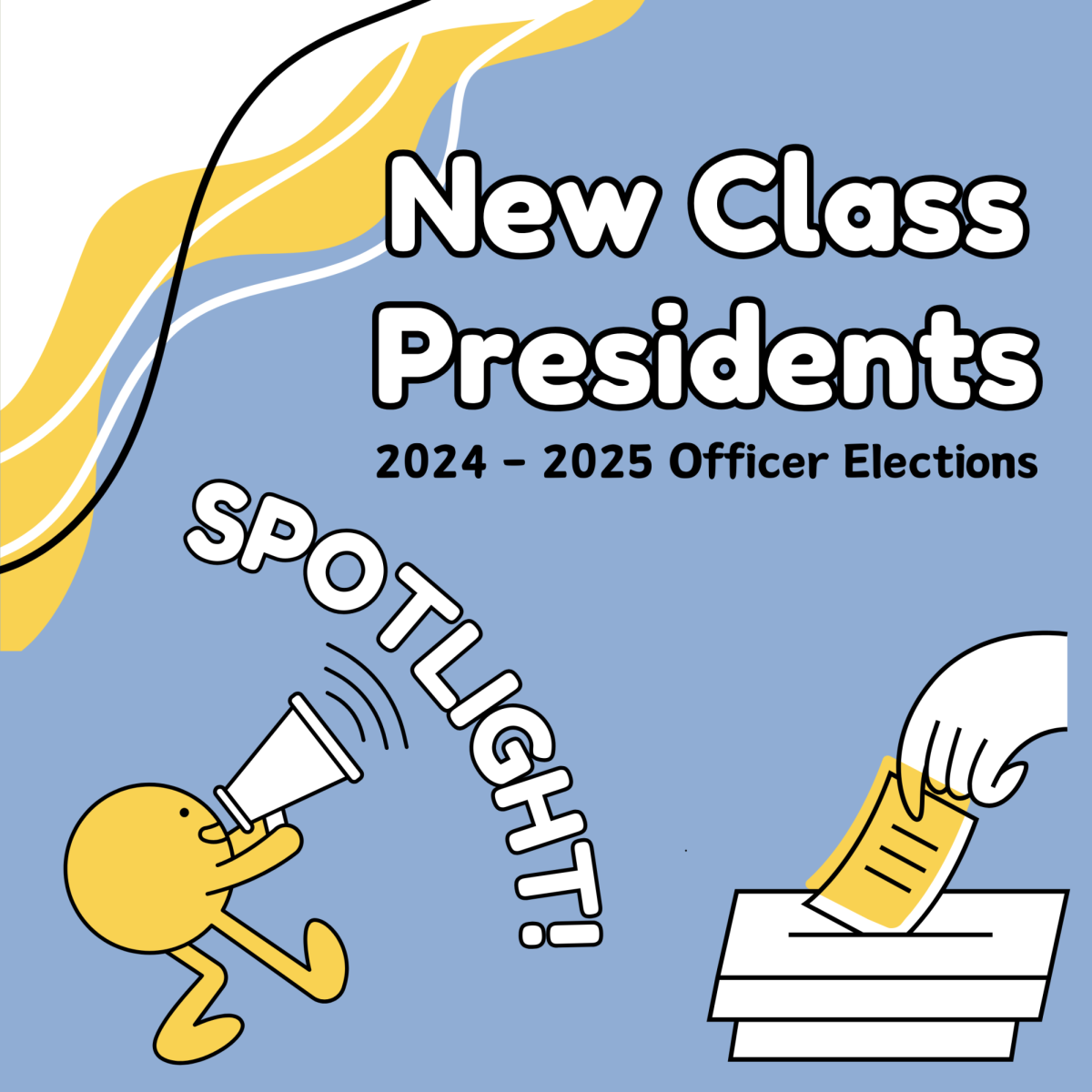Every four years, on the first Tuesday of November, all American citizens are granted the opportunity to vote for the nation’s next leader. Because constitutional guidelines require voters to be at least 18, many students experience growing anticipation about finally being eligible to cast their ballots. However, for those yearning to learn about the electoral process, several counties offer high schoolers the unique opportunity to serve as student election workers.
Upon discovering this opportunity, I realized how little I knew about voting or how it worked. Curiosity got the best of me when I headed to Mr. Holland’s room to pick up a permission slip, which I briskly completed and submitted online through Los Angeles County’s website. After less than a week of waiting, I received an email confirming my acceptance into the program. This began a series of training sessions, including a hefty online course and three hours of in-person instruction.
Throughout the training, I learned how to operate various election tools and maneuver a variety of voter situations, including registering first-time voters, changing existing registrations and assisting out-of-county voters. By the end of training, I was confident that I could accurately use the machinery and was prepared to work my assigned three days at the polling booths.
Ready to put my skills to use, the next task was to assist voters at the polling station. When in-person voters arrived, they first had their ballots printed. This is done by multiple election workers who utilize E-Poll Books, iPads used to check voter registration and handle ballots. Ideally, most people would have a quick-scan QR code that allowed us to immediately print their ballots and then proceed to an open Ballot-Marking Device (or BMD). Unfortunately, this was not the case for every situation.
Some voters faced issues within the County’s system, like showing up under old addresses if they had previously moved or not being registered at all. In these cases, we had them fill out a change of address form or a provisional ballot, which marks first-time voters with identification. In the case someone was from another county or couldn’t verify their identity as a first-time voter, they would fill out a conditional voter registration. If an individual made a mistake on their ballot or damaged it after already marking it, we would have to “spoil” their ballots, giving them three opportunities to correct it.
Now with their proper ballots, people would be directed to the BMD’s, into which they inserted their ballots. The machine’s interface is very simple and accessible, providing step-by-step instructions on the screen. After choosing a language, voters could make choices for each proposition and candidate, or abstain from making a selection. Once their ballot was filled out, users reinserted it into the machine to properly cast their vote.
When I was not working the E-Poll Books, I was assigned to the Ballot-Marking Devices, which were sanitized between each use. I often assisted voters in operating the devices and reminded them to reinsert their ballots after they finished.
The specific days I worked were Nov. 2, 3 and 5, with Election Day being the longest. On Nov. 5, I woke up around 5:30 a.m. and headed to the polls at 6 a.m. to check in and help set up equipment. The polls opened at 7 a.m. and I was surprised to see how many voters were already waiting in line. After working a long eight-hour shift, I took my lunch break and returned to the polls which were open until 8:30 p.m.
As it is every citizen’s right to vote, even after polling hours, we waited for the last voters in line to cast their ballots. Once the site cleared out, we spent another hour verifying ballots and ensuring they were counted properly. A previous misconception I had was that election workers counted votes for each candidate and reported them, but ballots were instead delivered to the County office to be recounted.
While it was a strenuous experience, working as a Student Election Worker was incredibly informative, educational and fun! I was able to assist my neighbors, friends and even some of my teachers in casting their votes. As much as I wish I was able to participate in the election myself, I found it even more rewarding to help thousands of others exercise their constitutional privilege to vote.
If you want to become a Student Election Worker, whether in a primary, general or even a special election, you can apply at your local county elections office.












